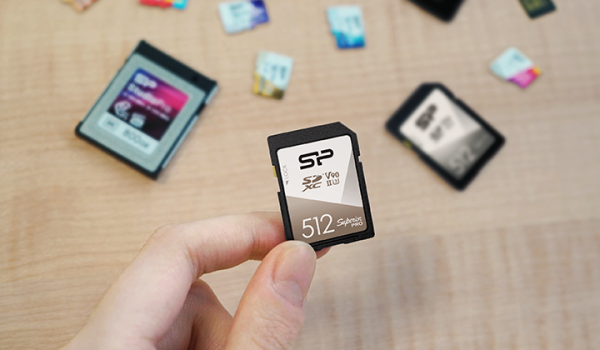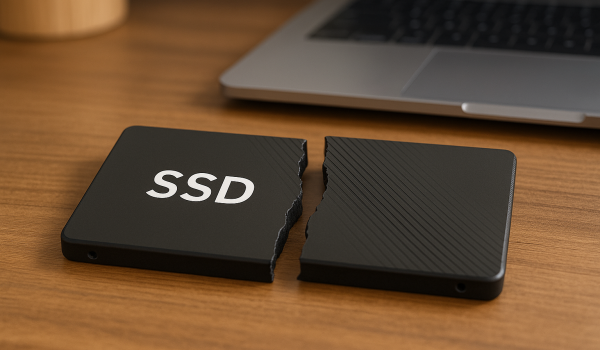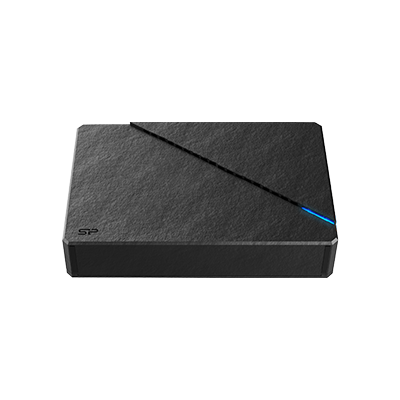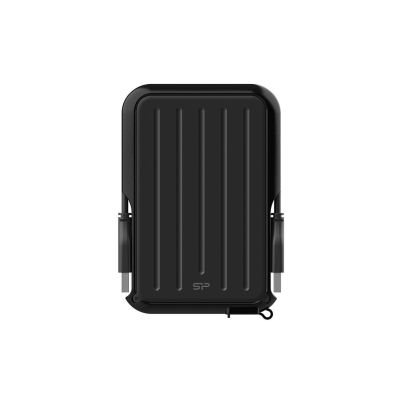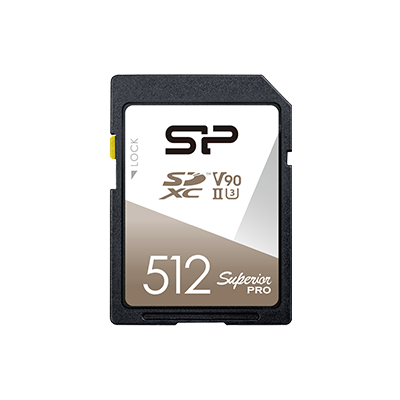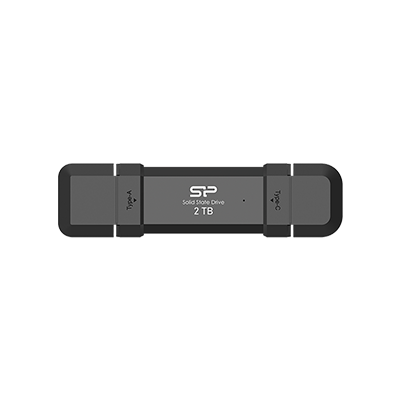Must-Read for Photographers! The Ultimate Guide to Pairing Memory Cards and Hard Drives for Photography
For professional photographers, every stage of your workflow, from the moment you press the shutter to the final backup, hinges on your storage devices. Memory cards and hard drives aren’t just digital drawers for your files; they directly impact how smoothly you work. Shooting 4K video? Firing off high-speed bursts? Transferring hundreds of RAW files? All of it depends on whether your gear can keep up.
That’s why choosing storage tools that match your shooting style and file specs isn’t optional; it’s essential. And when it comes to archiving your best work for the long haul, stable, high-quality gear is what separates a preserved portfolio from a corrupted folder.
This guide brings real-world experience to the table, breaking down how to pair memory cards with hard drives the smart way. Whether you’re working in a controlled studio, racing through a packed wedding day, or capturing moments in the wild, these practical tips will help you pick the right tools, speed up your workflow, and protect every shot you’ve worked hard to capture.
Menu
-How to Choose Photography Memory Cards: Speed Class is Everything!
-High-Speed External SSDs for Efficient File Transfers and Editing
-Durable, High-Capacity Hard Drives: Photographers' Top Choice for Long-Term Backup
How to Choose Photography Memory Cards: Speed Class is Everything!
Still Photography
Photography generally falls into two main types: still and video. Whether it’s a wedding, a sports event, a studio shoot, or an outdoor scene, the goal is the same: capturing fleeting, irreplaceable moments. From a bride’s joyful smile to an athlete’s split-second move, many photographers now rely on high-speed continuous shooting to ensure nothing is missed.
When I first assisted in photographing a PR event, they assumed the pace would be slow and predictable, so they stuck with single-shot mode. But after reviewing the photos, they noticed that some important moments hadn’t been captured. That experience became a turning point, showing that continuous shooting isn't just useful for sports, it’s also ideal for events where facial expressions and reactions can shift in an instant.
During the shoot, the camera began to lag between bursts, causing missed shots. The issue wasn’t with the camera but with a slow memory card. Continuous shooting generates data fast, and if the card can't keep up, the camera stalls. Using U3-rated cards (with a write speed of 30MB/s) or faster UHS-II cards ensures smooth, uninterrupted shooting.
After learning this the hard way, I upgraded to the Silicon Power Superior Pro SD card, which supports UHS-II and U3 classes and offers write speeds of up to 260MB/s. The upgrade completely removed lag and ensured smooth, uninterrupted shooting, even during all-day events.
With up to 512GB capacity, I could shoot an entire event without changing cards. A sports photojournalist friend, who covers events like the Asian Games, uses high-end gear like the Canon EOS R1, capable of shooting 40 frames per second. For this level of performance, SD cards simply aren’t fast enough.
For demanding shoots, CFexpress Type B cards are the top choice. With PCIe and NVMe technology like high-speed SSDs, they offer pro-level performance. I recommend the Silicon Power StudioPro CFexpress 4.0 Type B, featuring PCIe Gen 4x2 and up to 3100MB/s write speeds. It handles continuous RAW bursts smoothly, capturing every fast action moment with speed and clarity, perfect for sports photographers.
Video Recording
Today’s studios often handle both photography and video projects, which demand faster memory cards. With 4K now standard, 8K on the rise, and gear ranging from DSLRs to GoPros and Insta360, picking cards with the right speed and capacity is key to smooth, high-quality recording.
For example, during a recent promotional event held over the weekend,I used a GoPro to record the entire process. Its portability made it easy for team members to take turns filming, capturing dynamic footage. Similarly, some wedding couples like to let friends and family carry GoPros to record candid moments.
Modern GoPros can shoot 4K at 60fps, so a V30-rated microSD card (30MB/s write speed) is recommended for smooth recording. I use the Silicon Power Inspire microSDXC, which meets V30 and offers up to 170MB/s read speed, great for quick transfers and efficient editing.
![]()
Fast memory cards keep high-speed bursts running smoothly.
In addition, I also film promotional content for new product launches using a DSLR camera to ensure high-quality 4K video. For projects where quality is more important than casual documentation, higher speed class ratings are required to prevent lag or dropped frames.
The Silicon Power Superior Pro SD card, rated at V90, supports even 8K video recording. It is highly suitable for professional marketing productions and commercial shoots where performance and reliability are critical.
![]()
Action cams need high sustained write speeds for smooth footage.
High-Speed External SSDs for Efficient File Transfers and Editing
After a full day of shooting, one of the most important tasks for photographers is transferring and organizing their files. In the beginning, when I had fewer files, I could save them directly to my computer. However, as my workload grew, the internal hard drive quickly ran out of space.
This is especially true for professional photographers. Event shoots often involve multiple cameras capturing both photos and videos, generating massive files from 3–4 memory cards. With RAW photos and 4K footage, total file sizes can reach 200–300GB, greatly increasing transfer time.
To speed up this workflow, an external SSD is the most efficient solution. Transferring files from memory cards to an external SSD not only frees up computer storage but also improves overall productivity.
The key factor for fast file transfers is the SSD’s read speed. I recommend choosing an external SSD that supports USB 3.2 for stable and high-speed performance. For example, the Silicon Power DS72 that I use features USB 3.2 Gen 2 and delivers read speeds of up to 1050 MB/s.A 200GB file can be transferred in just about 3 minutes.
In my experience, filming videos in 4K at 60fps with two cameras, each memory card can easily hold over 100GB. With the DS72, organizing footage from two cards now takes less than 30 minutes, saving both time and energy.
The DS72 also features both USB-C and USB-A connectors, making it compatible with phones, laptops, and tablets. Its compact, lightweight design is perfect for on-the-go photographers. For instance, when I document events, I can back up the morning’s footage to a laptop during lunch, with no extra cables needed, and no waiting until the shoot wraps up.
Thanks to its high-speed performance, the DS72 also allows you to work directly from the drive, without the need to transfer files to your computer first. This means your entire project can travel with you, enabling smooth editing whether you're at home, at the office, or working from a café.
![]()
Dual-interface SSDs (USB-C & A) make cross-device use easy on the go.
Durable, High-Capacity Hard Drives: Photographers' Top Choice for Long-Term Backup
While external SSDs offer fast transfer speeds and are ideal for immediate file transfer and editing, for long-term backup, an HDD (Hard Disk Drive) is more suitable. The advantage of HDDs lies in their large capacity and affordable price, with specifications of up to 36TB available on the market.
While many people are accustomed to cloud storage, cloud fees are higher. For instance, Google Cloud's 2TB annual fee is approximately NT$3,110, which is roughly enough to buy a 4TB hard drive. Therefore, for photographers who need to store large amounts of photos and videos, HDDs are a more cost-effective choice.
Although HDDs are slower than SSDs due to mechanical parts, they generally last longer if not physically damaged. Many modern external HDDs also feature shockproof and waterproof designs, making them ideal for archiving important but rarely accessed data. For example, I first back up footage to an SSD, then store edited files on an HDD for long-term preservation with organized folders for easy access.
When choosing an external HDD, the most important factors are durability and convenience. In addition to the aforementioned shockproof and waterproof features, a built-in cable design is also a major consideration. Many people use hard drives for long-term backup and might only take them out every few months to organize. If they don't have a storage bag, it's easy to forget where the cable is or even lose it.
For convenient data handover between team members, my team uses the Silicon Power Vault A66 5TB external hard drive specifically for long-term backup for the video team. The capacity is more than sufficient, and its embedded cable design means different users don't have to worry about losing the cable.
Furthermore, the A66 also meets U.S. MLS drop-test standards, offering extra protection against physical impact. For instance, when I took on a three-week overseas ad shoot, I used the A66 for daily backups. Even though it was packed carefully in carry-on luggage, bumps and jolts are inevitable during international travel. Thanks to the A66’s durability, there was no concern about potential damage.
For freelance photographers needing larger storage, I recommend the 8TB Silicon Power Stream S07. It's ideal for storing original files, edits, and backups. With its rock-textured design and dual LED strips, it adds a stylish touch to industrial-style studios. Despite its high capacity, the S07 is compact and lightweight, about the size of a small bento box, saving valuable desk space.
![]()
HDDs offer large capacity at a low cost, ideal for storing lots of photos and videos.
Conclusion
That’s a wrap on my experience! From early mistakes to understanding the importance of memory card speed and hard drive specs, it’s clear that the right storage tools make shooting and editing more efficient.
Whether you're shooting weddings, events, or in a studio, it's worth taking the time to understand the best devices for each situation. Selecting the right memory card ensures your camera performs at its best, and using a fast hard drive can save a lot of time during file transfers.
Now, I use UHS-II or V90 SD cards to shoot 4K and burst mode footage. For on-the-go shoots, a high-speed external SSD is always on hand for quick backups. Once back in the studio, files are archived long-term on an HDD. Each step is smoother, and file storage is more secure. Hopefully, this article helps you preserve your creative work with confidence and ease!
• • •

__25G12iCusV.jpg)
__25G12eHIj7.jpg)
